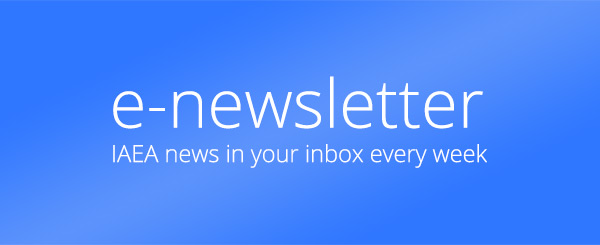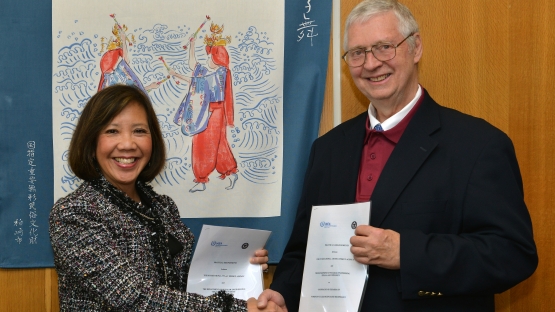The IAEA and Texas A&M University in the USA are now working together to boost the number of women who pursue scientific careers.
Under the practical arrangements, which is a document defining the scope of cooperation under this new venture, and signed by both organizations, the IAEA and Texas A&M will jointly: encourage women to pursue education in nuclear science, engineering and technology, and science, technology, engineering and mathematics; support dialogue among women in these areas; and exchange speakers, information and experiences among women students and practitioners in the nuclear arena.
Yassin Hassan, Head of the University's Department of Nuclear Engineering, signed the agreement separately on 19 February 2014 in Texas. And the practical arrangements came into force when IAEA Deputy Director General Janice Dunn Lee signed at the IAEA Vienna headquarters on 13 May 2014.
"This formalizes the agreement both institutions have had for the last year; an agreement that has seen nuclear engineering students from Texas A&M interning at the IAEA, and has involved the sharing of ideas and expertise on ways to encourage greater female interest and participation in scientific and mathematical fields," said Dunn Lee.
"In light of this more formal agreement, I have asked women at the senior level of the IAEA to make themselves available for involvement in a number of new programmes and initiatives, including lectures, seminars, and mentorship. We are very excited about the many possibilities, and benefits of this partnership with Texas A&M," said the IAEA's only female Deputy Director General.
The IAEA enters into about a dozen practical arrangements each year with universities, research institutes, governments, and international organizations around the world. These arrangements relate to the Agency's field of activities or areas where the IAEA seeks to place particular emphasis, such as the promotion of women in scientific careers.
IAEA and Women
The Agency uses its relationship with the Vienna chapter of Women in Nuclear to reach girls and young women in schools and universities, encouraging interest in math and science, and facilitating greater understanding of the many uses of nuclear science in global development.
Inside the organization, the IAEA has put in place a number of initiatives to increase its complement of Professional grade female staff which has helped increase the percentage from 18% to just below 27%. All the Agency's efforts are geared toward the ultimate goal of gender parity in its Professional grade staff.


